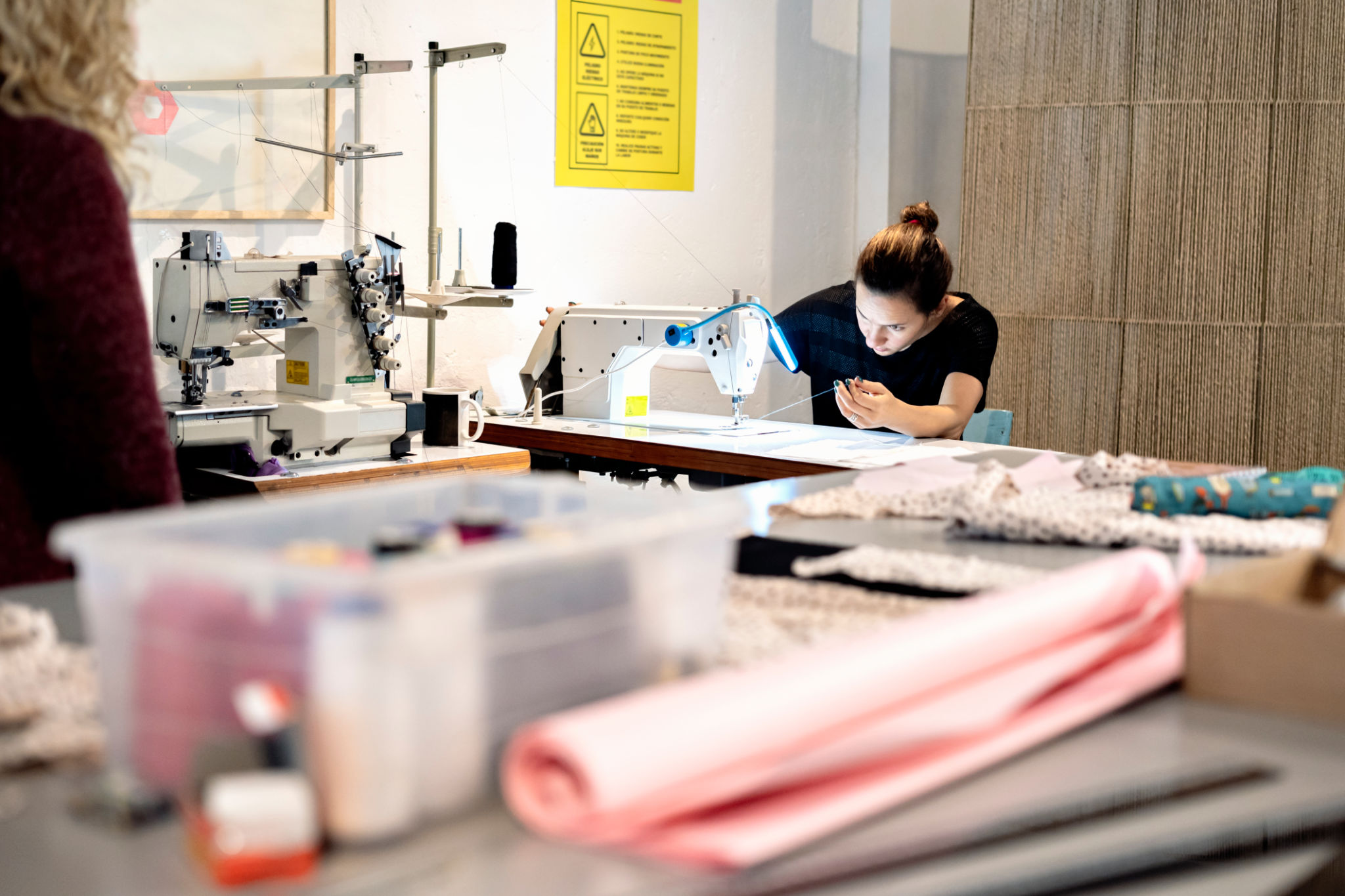Common Misconceptions About Fashion Product Development in Canada
Understanding the Fashion Product Development Process
Fashion product development is a complex journey that many people often misunderstand. In Canada, this process involves several stages, from initial design to final production, each requiring meticulous attention to detail. A common misconception is that fashion development is a straightforward path, but in reality, it is a dynamic and iterative process.
One of the key aspects of fashion product development is the collaboration between various experts, including designers, pattern makers, and manufacturers. This collaborative effort ensures that the final product meets the desired quality and aesthetic standards. However, many people believe that designers work in isolation, which is far from the truth.

The Role of Technology in Fashion Development
Another common misconception is that fashion product development relies solely on traditional methods. In Canada, as in many other parts of the world, technology plays a crucial role in modernizing the process. From 3D modeling to digital fabric printing, technology has revolutionized how fashion products are developed.
These technological advancements not only speed up the development process but also allow for more precise and sustainable production methods. Despite this, some people still hold the outdated belief that fashion development is stuck in the past, overlooking the innovative techniques that are now standard in the industry.
The Cost of Fashion Development
Many assume that developing a fashion product in Canada is prohibitively expensive. While costs can be significant, they are often misunderstood. The expenses involved in fashion product development are influenced by various factors, such as material quality, production volume, and the complexity of the design.

It's important to note that Canadian fashion developers often prioritize ethical production practices, which can contribute to higher costs. However, these practices ensure fair wages and safe working conditions, which are invaluable in the long run. Understanding the true cost of fashion development requires a deeper insight into these ethical considerations.
The Impact of Sustainability
Sustainability is a buzzword in the fashion industry, and many assume that incorporating sustainable practices into product development is simple. In reality, it involves a comprehensive approach that includes sourcing eco-friendly materials, reducing waste, and ensuring energy-efficient production processes.
In Canada, fashion developers are increasingly committed to sustainability, yet the misconception persists that these efforts are superficial or optional. In truth, sustainable practices are becoming a vital component of fashion development strategies, reflecting a broader commitment to environmental responsibility.

The Importance of Market Research
Another misconception is that fashion product development is solely driven by creative vision. While creativity is essential, market research is equally important in guiding the development process. Understanding consumer preferences, trends, and market demands is crucial for creating products that resonate with the target audience.
Canadian fashion developers utilize extensive market research to ensure that their products meet consumer expectations and fill gaps in the market. This strategic approach helps mitigate risks and enhances the likelihood of a product's success upon launch.
Conclusion
In conclusion, fashion product development in Canada is a multifaceted process that involves collaboration, technology, ethical considerations, and market research. By dispelling these common misconceptions, we can gain a clearer understanding of the intricacies involved in bringing fashion products to life. Recognizing the complexity and innovation in this field allows us to appreciate the dedication and expertise required to produce high-quality, sustainable fashion.